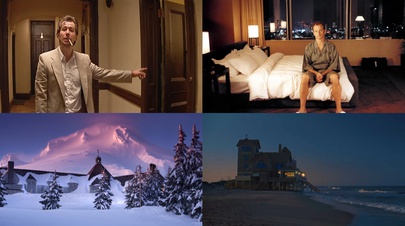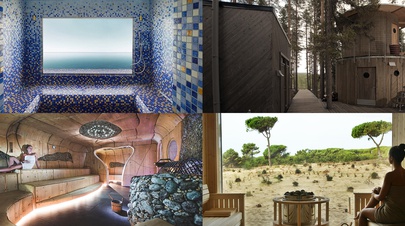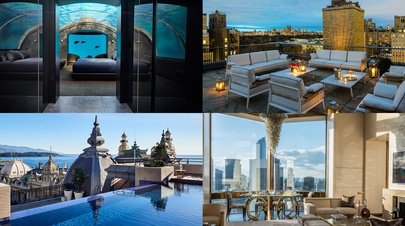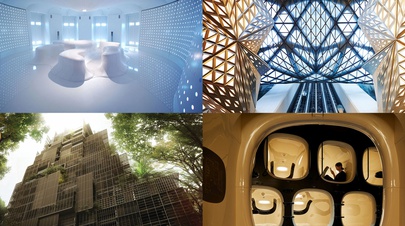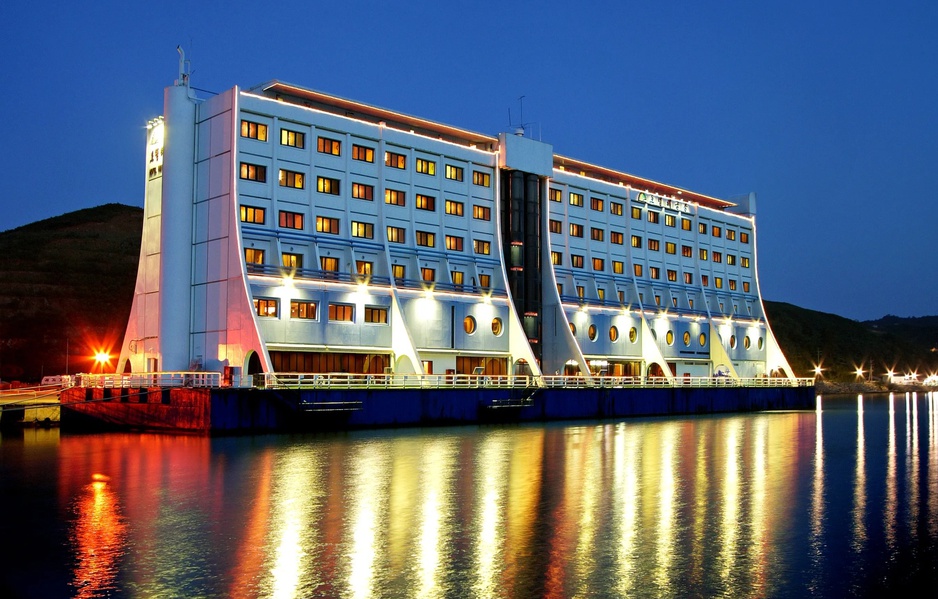
In 1988, helicopter tourists touched down on a seven-story hotel anchored 70 kilometers off the Australian coast, surrounded by nothing but the Great Barrier Reef and open ocean. By 2022, that same structure sat rusting in a North Korean port before Kim Jong Un ordered its demolition, calling it "shabby" and lacking national character. Between those two moments lies one of the strangest journeys in hospitality history: a 14,000-kilometer odyssey across the Pacific that saw the world's first floating hotel become a Vietnamese nightlife hotspot, a symbol of Korean reconciliation, and ultimately, a casualty of geopolitics.
The hotel never stayed anywhere long enough to settle. After barely a year in Australia, it was sold and towed to Vietnam. Seven years later, it moved again to North Korea. Each relocation promised renewal, each arrival sparked hope, and each departure came after something went catastrophically wrong. This is the story of a building that couldn't stop moving, and couldn't find a home.
Design and Construction of the World’s First Floating Hotel

Four Seasons Barrier Reef Resort in Australia - Photo by Maritime Museum Of Townsville
Doug Tarca, an Italian-born diver living in Townsville, Queensland, conceived the floating hotel in the early 1980s. He'd spent decades working the Great Barrier Reef and wanted visitors to experience it overnight, not just on day trips. His initial idea involved mooring old cruise ships permanently to the reef, but he realized a purpose-built structure would be cheaper and cause less environmental damage.

Photo by Hyundai Asan
Swedish engineer Sten Sjöstrand designed what became a seven-story behemoth measuring 89.2 meters long and 27.6 meters wide, rising 24.2 meters above sea level. The structure could accommodate 356 guests across 174 rooms, with staff quarters on the top floor (the least desirable spot, since it swayed the most in rough weather).

The floating hotel's lounge - Photo by Hyundai Asan
Inside: two restaurants, a nightclub, two bars, a gym, a 100-seat theater, a 50-seat underwater observatory, and a tennis court on an adjacent floating pontoon. A helipad allowed quick access for those willing to pay.
The hotel functioned like a mid-size cruise ship, completely self-contained. Below the main deck, a steel corridor ran through the structure's spine, housing three diesel generators, a desalination plant producing 150 tons of drinking water daily, sewage treatment machinery, and a massive air conditioning system. The hotel had no propulsion, it was a barge that needed to be towed wherever it went.

The floating hotel was transported from the shipyard in Singapore to Australia to become the Four Seasons Barrier Reef Resort - Photo by Maritime Museum Of Townsville
Construction began in June 1986 at Bethlehem Singapore Pty. Ltd., costing an estimated 45 million Australian dollars (over 100 million in today's money). In January 1988, a heavy-lift ship towed the finished hotel from Singapore to John Brewer Reef. Workers had to crop some coral to squeeze the structure through the reef's narrow 60-meter northern opening, an irony that would haunt the project. Seven massive anchors fixed it to the ocean floor, positioned to minimize further reef damage.
Australia: Four Seasons Barrier Reef Resort 1988–1989
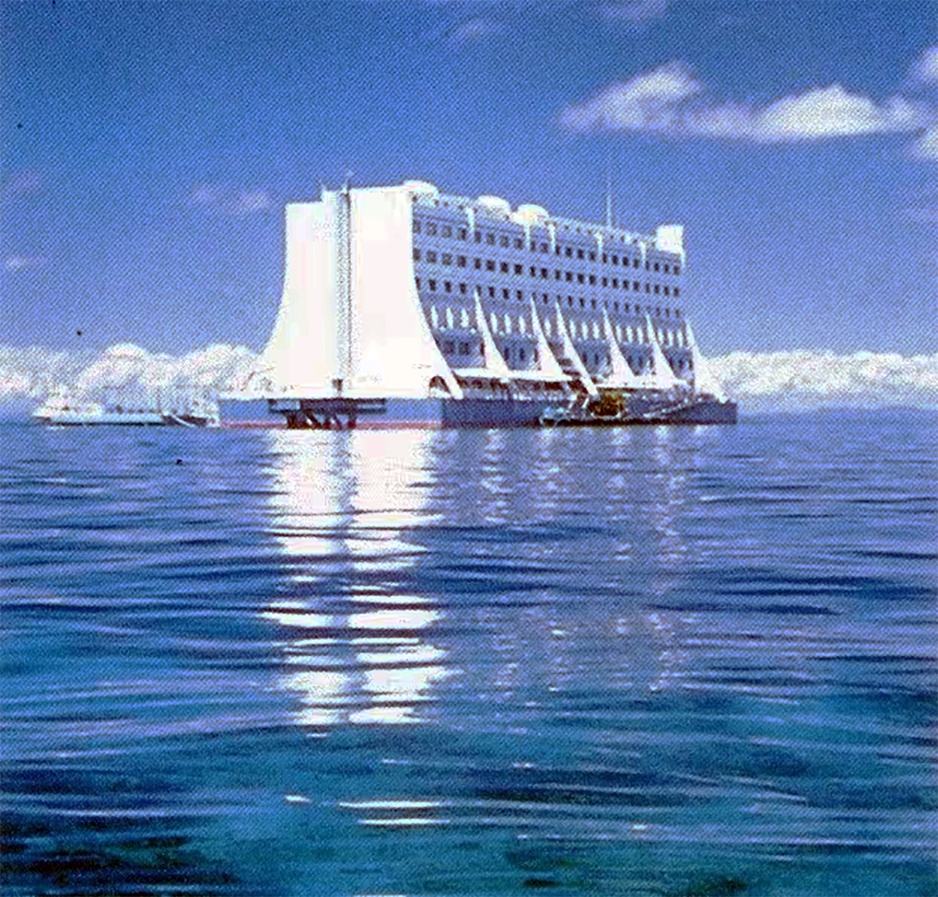
The Four Seasons Barrier Reef Resort - Photo by Barrier Reef Holdings
The Four Seasons Barrier Reef Resort opened on March 9, 1988, six months behind schedule. It was the world's first floating hotel and the first attempt at permanent ocean tourism accommodation. Guests could reach it via a two-hour catamaran ride or helicopter (about 350 dollars round trip in inflation-adjusted terms). The main draw was diving, though visitors could also ride the Yellow Submarine, a glass-bottomed semi-submersible designed by Tarca, or play tennis on a floating court surrounded by open water.
Problems started immediately. One week before opening, Cyclone Charlie struck, damaging the swimming pool and underwater observatory. Four months later, workers discovered more than 100,000 pieces of World War II ammunition and mines just five kilometers from the hotel's location. Then an unrelated floating platform in the same reef sank during a storm.
Weather proved more disruptive than anyone anticipated. When conditions turned rough, helicopters couldn't fly and catamarans couldn't sail, trapping guests onboard with nothing to do but watch an empty whisky bottle hanging from the ceiling in the staff quarters, swaying to gauge how sick everyone would soon feel.
In July 1988, Barrier Reef Holdings announced a 7.89 million dollar loss. By September, the hotel was for sale. It closed in April 1989 without ever reaching full occupancy, having operated for barely a year. Former water taxi driver Belinda O'Connor later recalled "amazing days living on the hotel, fishing trips, crew parties, diving under the hotel, having pizzas flown out by chopper." But not enough people shared that experience to make it viable.
Vietnam: Saigon Floating Hotel 1989–1996

The Saigon Floating Hotel - Photo by Maritime Museum Of Townsville
Japanese company EIE International bought the hotel in April 1989 and had it towed 5,500 kilometers northwest to Ho Chi Minh City. Vietnam was opening to Western tourism after decades of war and isolation, and the city desperately needed luxury accommodation. In August 1989, the hotel was anchored along the Saigon River on Ton Duc Thang Street and renamed the Saigon Floating Hotel.
After modifications reducing capacity to 201 rooms and adding two bars (the Down Under Disco and Q Bar), it opened in November 1989 as the city's first five-star hotel. Finally, the floating hotel found its audience. Locals called it "The Floater" with affection rather than mockery. The bars became two of the hottest nightspots in Ho Chi Minh City. Despite charging 300 dollars per night, occupancy rates held between 80 and 100 percent for the first four years.

Saigon Floating Hotel in Ho Chi Minh City in 1991 - Photo by Hans-Peter Grumpe
The difference was location. Moored at a waterfront instead of isolated in open ocean, the hotel avoided weather problems and gave guests easy access to the city. Southern Pacific Hotels, which managed the property, began planning additional floating hotels for Moscow and Kolkata.
But success couldn't last. Through the 1990s, more hotels opened and were renovated in Ho Chi Minh City. Competition increased, financial problems mounted, and on August 31, 1996, the Saigon Floating Hotel closed and was towed into the Pacific Ocean.
North Korea: Hotel Haegumgang 2000–2008
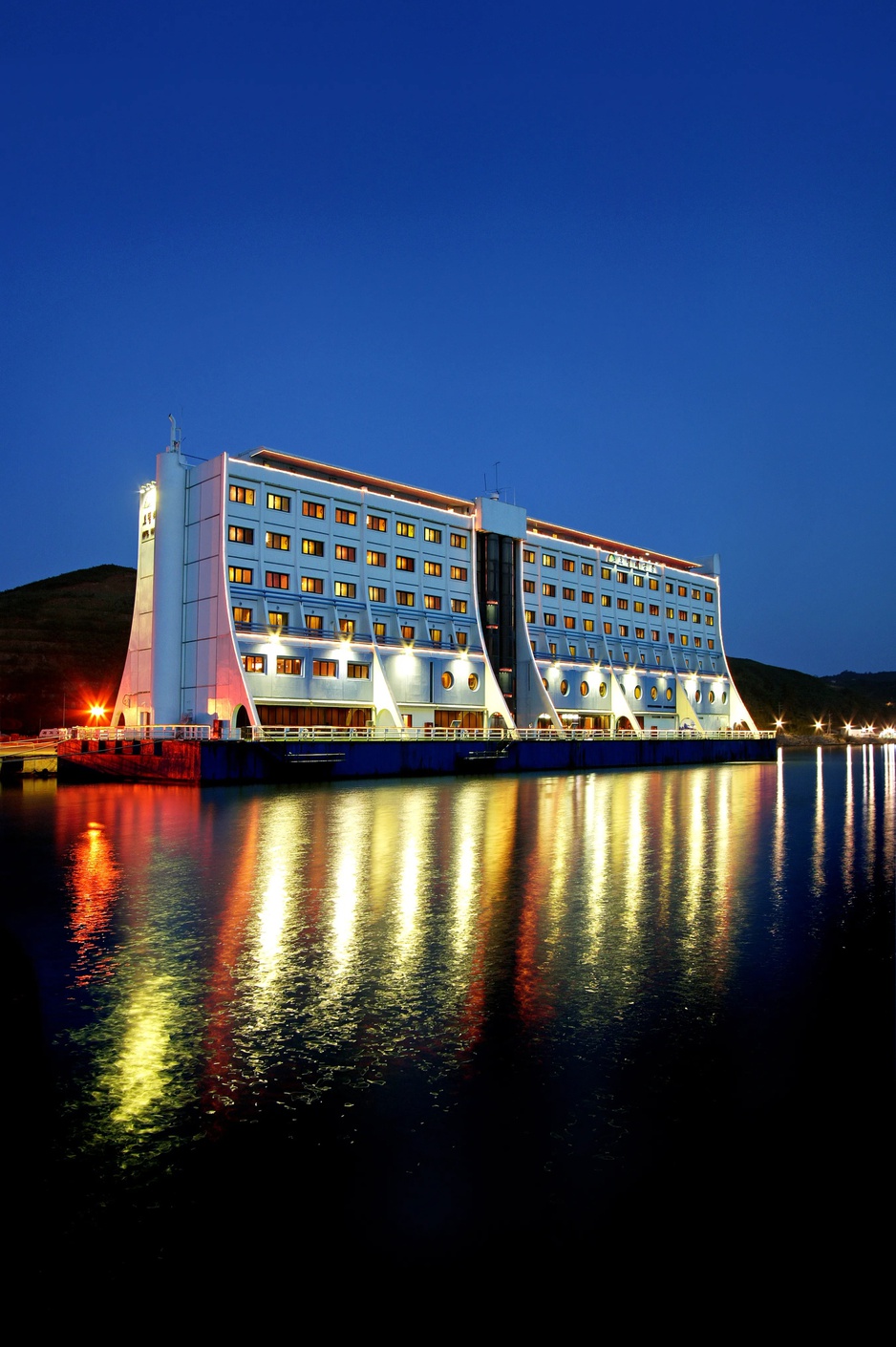
The Hotel Haegumgang in North Korea - Photo by Hyundai Asan
In 1998, South Korean conglomerate Hyundai Asan purchased the hotel for around 18 million dollars. After repairs and renovations in Singapore, the structure made its final journey: 4,500 kilometers northeast to the Mount Kumgang Tourist Region in North Korea, near the Demilitarized Zone.
This was during a brief thaw in relations between North and South Korea. Hyundai Asan was investing heavily in Northern tourism projects, and buying a floating hotel proved cheaper than building new large-scale accommodations from scratch. The hotel was renamed Hotel Haegumgang and opened in October 2000.
For eight years, it served as more than just accommodation. The Mount Kumgang region became a meeting point where families separated by the Korean War could reunite after decades apart. The hotel accepted only US dollars and South Korean won. Over two million tourists visited the region, many of them South Koreans seeing their homeland's scenic mountains under tightly controlled conditions. The floating hotel had found perhaps its most meaningful purpose.
Closure: 2008–2022
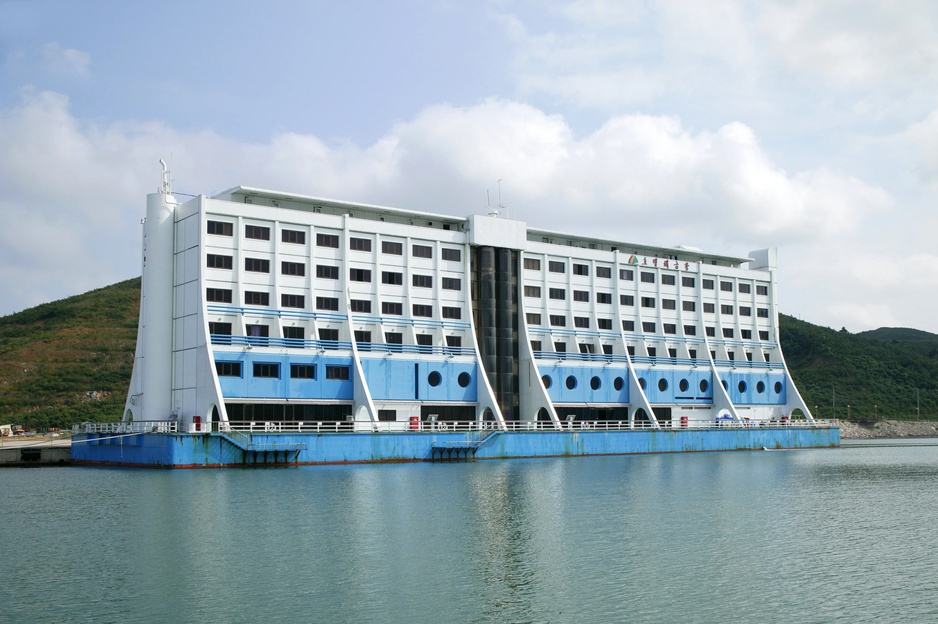
The Hotel Haegumgang was abandoned in 2008 - Photo by Hyundai Asan
On July 11, 2008, a North Korean soldier shot and killed a 53-year-old South Korean woman who had wandered beyond the tourist area's boundaries into a military zone. Hyundai Asan immediately suspended all tours. Hotel Haegumgang shut down along with the rest of the Mount Kumgang operations.
The hotel may have continued operating for Chinese tourists or North Korean officials, but reliable information is scarce. Certainly no South Koreans returned. The structure sat at its mooring, paint gradually wearing off, surrounded by other abandoned resort facilities.
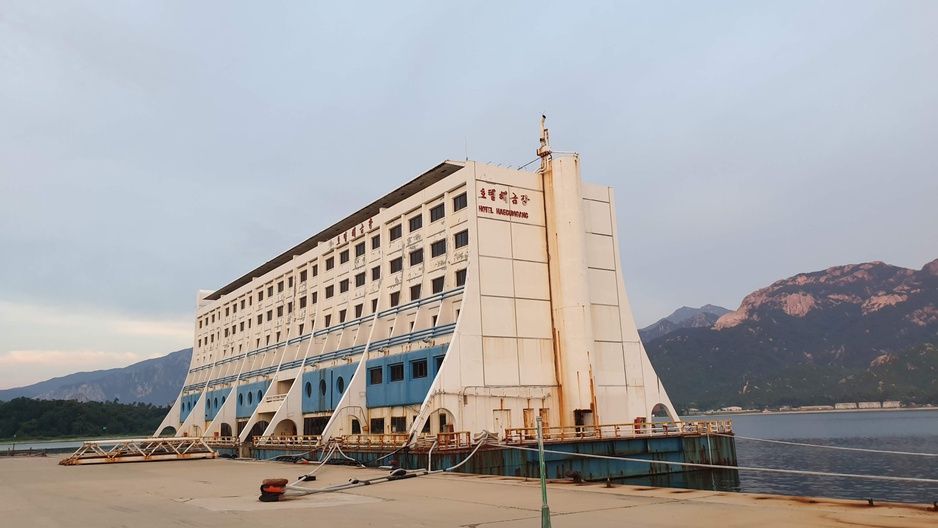
Hotel Haegumgang in 2019 - Photo by Blenco
In 2019, Kim Jong Un visited Mount Kumgang and inspected the site. According to state media, he found the buildings "shabby" and criticized them as "just a hotchpotch with no national character at all," built "like makeshift tents in a disaster-stricken area." He ordered demolition of the South Korean-built structures, planning to redesign the area in a style he deemed properly North Korean.
COVID-19 delayed those plans temporarily. Hyundai Asan never attempted to relocate the hotel, hoping tourism might eventually resume. In early February 2022, satellite imagery detected activity near Hotel Haegumgang. Around March 5–6, the structure was demolished.
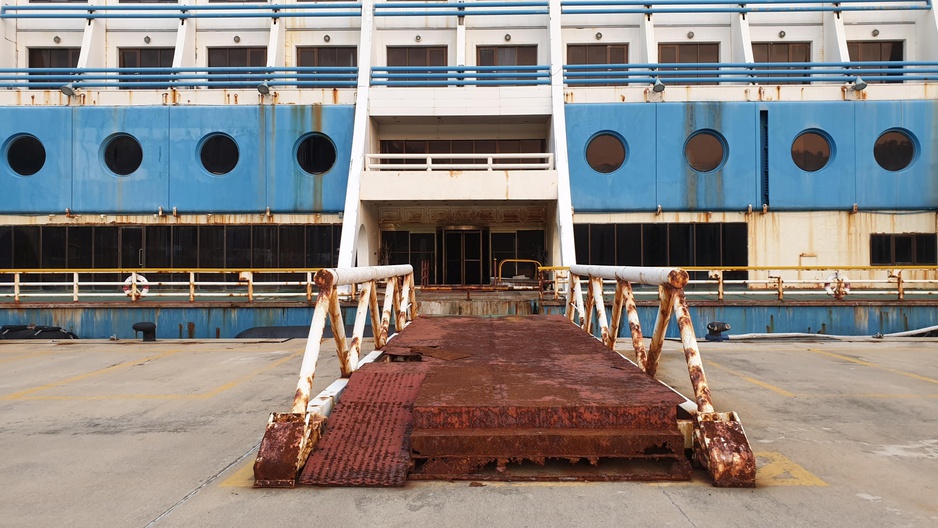
Photo by Blenco
The world's first floating hotel had traveled 14,000 kilometers across three decades, serving three countries with wildly different needs. It began as a luxury diving destination, became a successful party venue, and ended as a symbol of failed reconciliation. South Korean companies and the Ministry of Unification are reportedly planning to sue North Korea for illegal destruction of property, though the outcome seems predictable.
Robert de Jong, curator at Townsville Maritime Museum, offered perhaps the best epitaph: "The ocean is full of floating hotels. They're just called cruise ships."



